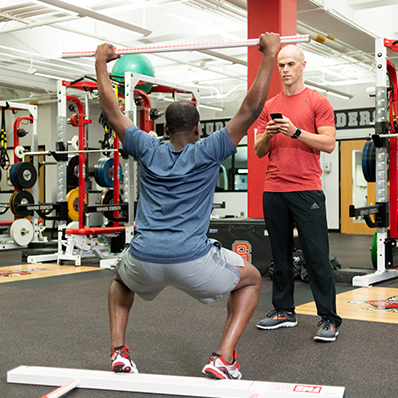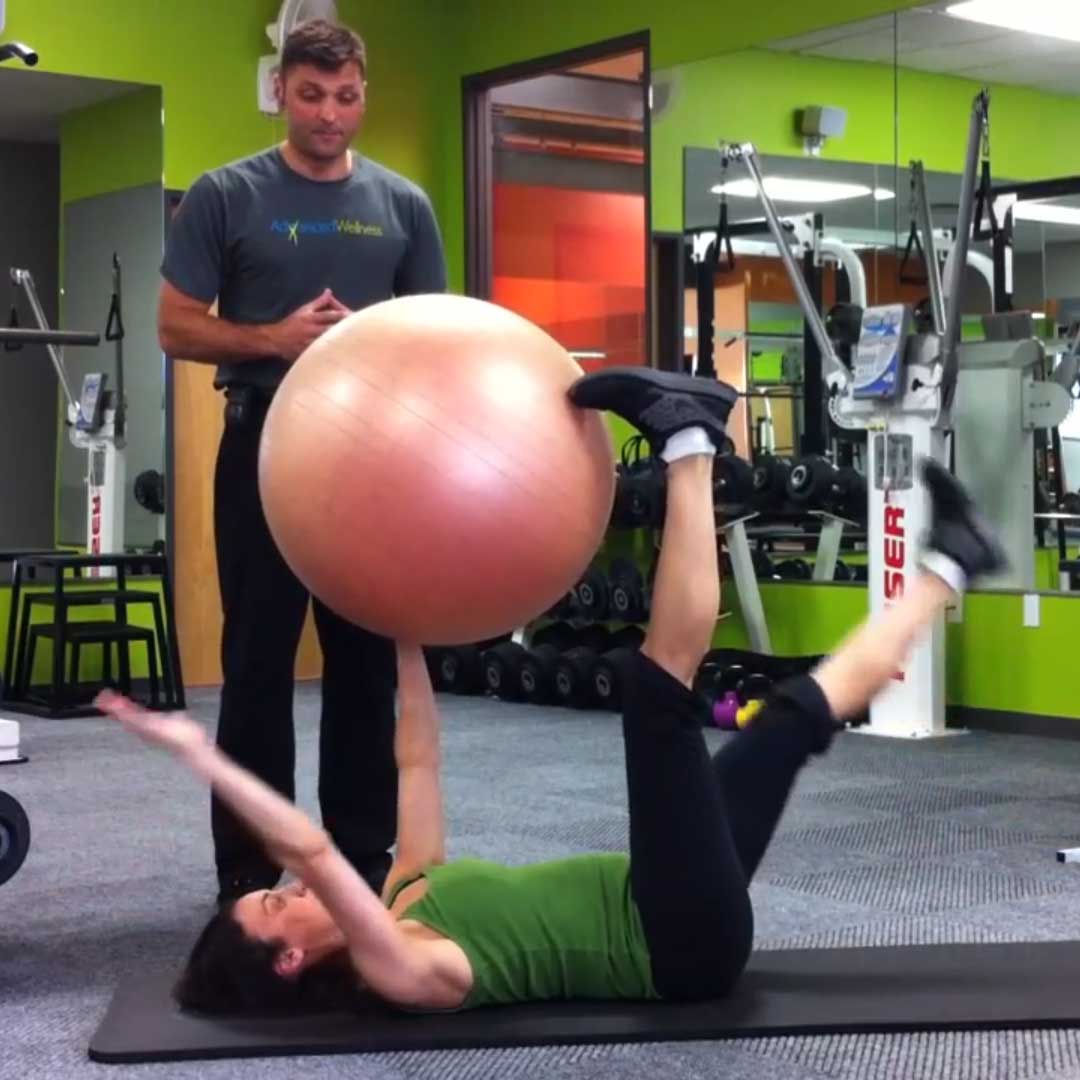Looking for Flaws in the Way We Move
Written by Landon Hall FMS
Even gold-medal winning Olympic athletes can develop flaws in their physical movement – tiny imperfections that need to be fixed so they can perform at their best.
Matt Swift is using his experience as a physical therapist, and an $8 piece of homemade testing equipment, to help members of the U.S. national volleyball teams analyze their movement. The same tools can help just about any athlete — from hardcore runners to weekend warriors — reach their potential and possibly avoid an injury long before it occurs.
“It’s like a car being out of alignment,” he said. “You’re driving down the road, and you might be wearing in your tires the wrong way, and a lot of times you don’t even know it. You’re wearing on the joints or the tendons or wherever you put the stress, and you won’t notice until you have an injury.”
Swift, of the Change Sports Physical Therapy Institute, works out of the same massive sports complex on Anaheim Boulevard where the U.S. men’s and women’s teams are training for their 2010 season. Over three days last week, Swift put the athletes through a Functional Movement Screen: seven basic exercises, during which he monitored their mobility, balance and stability. One of the exercises involved simply holding a plastic bar behind the head, stepping over a 2×4 with a string stretched over the top, about shin-height (that’s the $8 item Swift built), and stepping back again.
This, and the other six tasks, are harder than they look. In another one, Swift asked them to lie on their chests, put their fingers together, elbows out, and do a push-up. There’s a certain satisfaction in watching elite athletes like Kevin Hansen of Newport Beach, a 28-year-old setter and member of the 2008 team that won the gold in Beijing, struggle with something so elemental. In each step, Swift jotted down notes and numbers. He’ll study the data and determine where the inefficiencies are, and how to incorporate a remedy into their individualized workouts.
“The screen is a quick and dirty view, and once I find their main area, and I can go look in more detail,” Swift said.
Brian Thornton, 25, a setter from San Clemente who helped UC Irvine win the 2007 NCAA title, is hoping to correct his “lower back issues.” Jason Yablonsky, 24, of Yorba Linda, another UC Irvine alum who was an alternate on the ’08 Olympic team, is an outside hitter whose right shoulder has been injured because of over-use. “I wish I’d have known about this earlier,” he says of Swift’s testing. “It’s good to know what areas you need to work on to stay at this level.”
Swift says the Functional Movement Screen can be applied to someone who wants to get serious about running or biking and wants to see what their deficiencies of movement are. A bad habit can cause muscles to over-compensate in other ways, increasing the risk of injury.
For more information about Functional Movement, visit here. By itself, the screening would cost about $80, Swift said. For more details about his business, visit sportschange.com.
Related Resources
-
Why Move Well Videos Week 3
Posted by Gray Cook
-
Conflicted 1: Movement Impairments
Posted by Gray Cook





